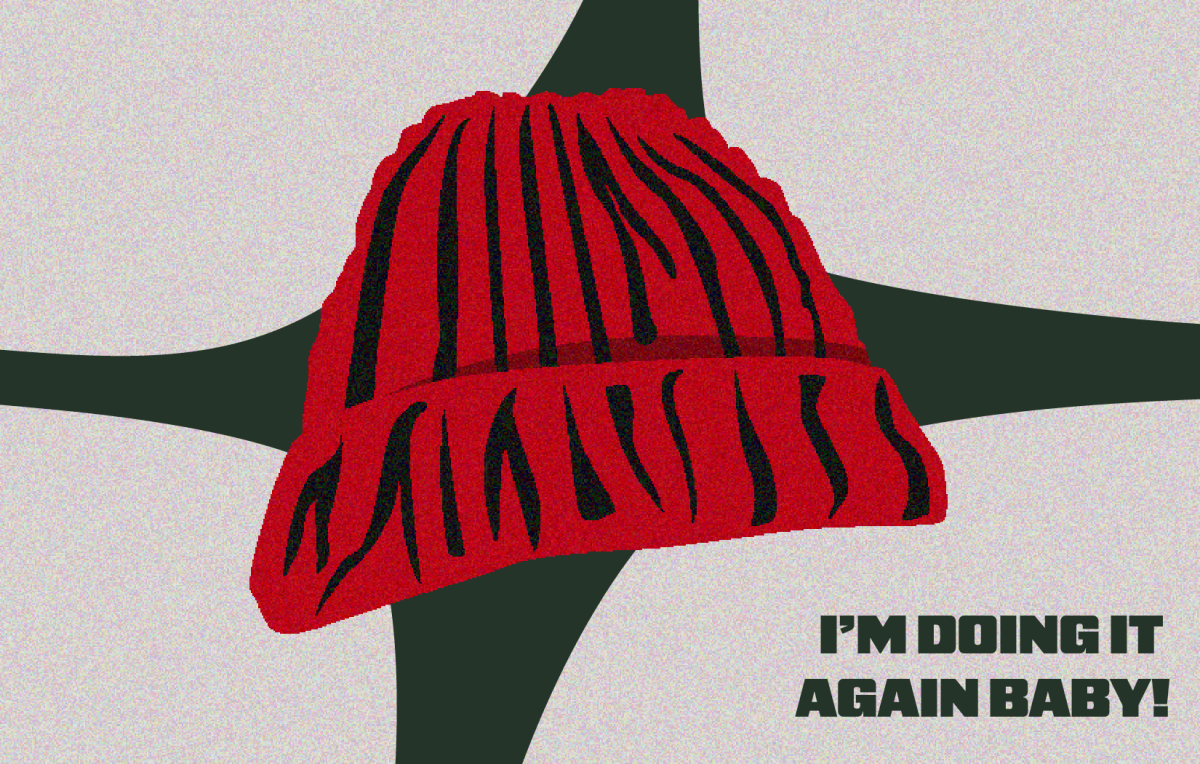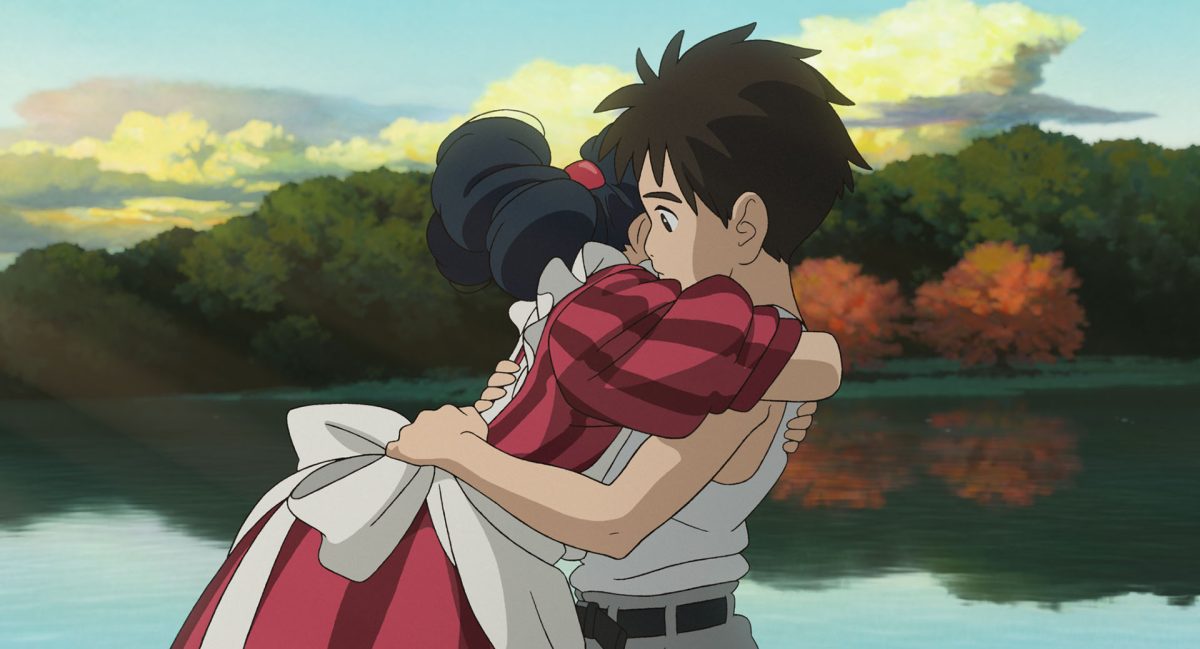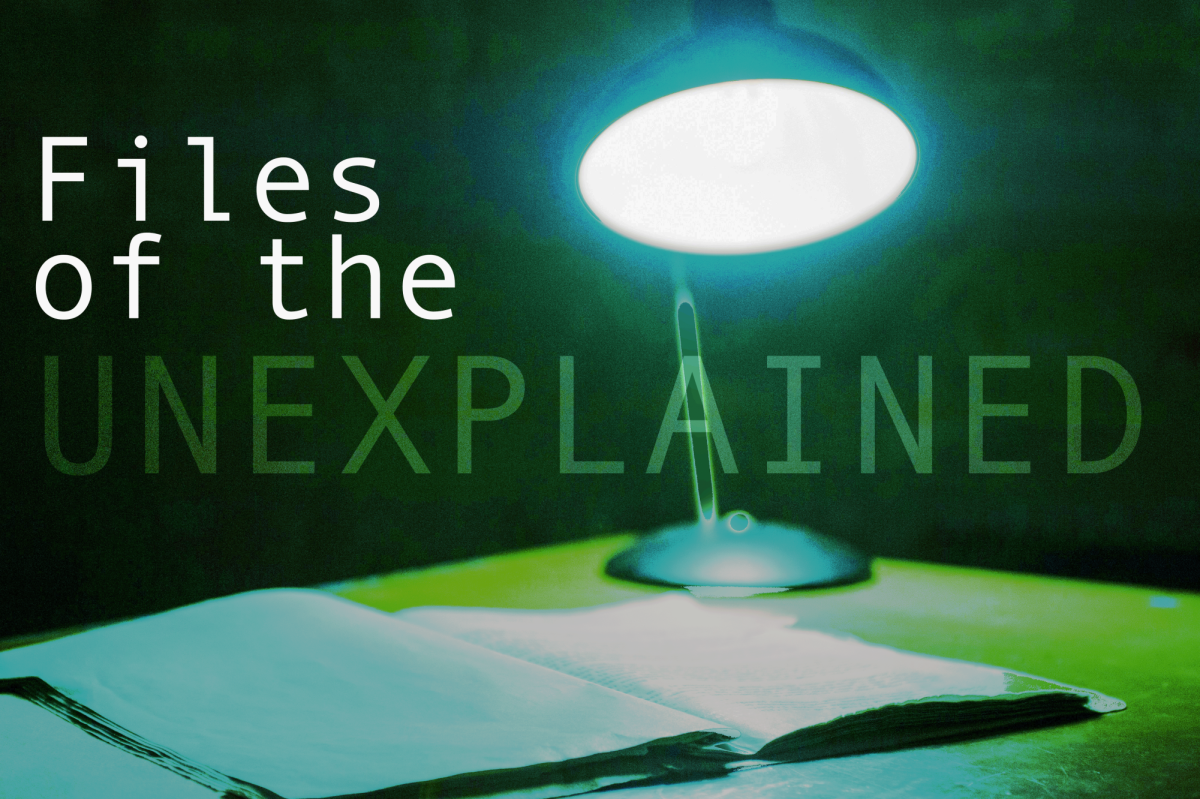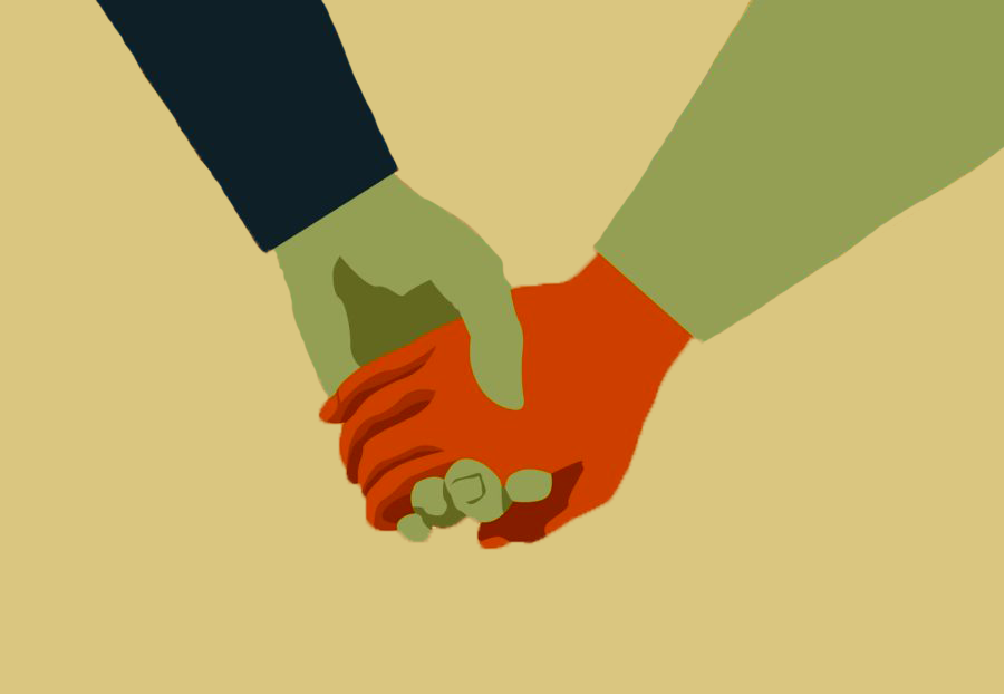When the “big one” hits, the medical school, business buildings and OSH are a few of the buildings most likely to sustain heavy damage.
Old, nonreinforced brick and mortar buildings are the first to come down during a severe earthquake of magnitude 5.5 or higher, and there are a lot of these buildings at the U, said Jim Pechmann, a researcher at the U’s seismograph station and geology professor. He watched crews knock down the Mines Building last week and noticed that it took little force for the building to come down.
“It was scary,” Pechmann said. “An earthquake could’ve done that.”
In 2005, the U received the largest grant awarded by the Federal Emergency Management Agency to undergo the Disaster Resistant University study to identify which buildings are most vulnerable to the potential magnitude 7 earthquake expected to strike along the Wasatch Fault.
Civil and environmental engineering professors are most fearful for any buildings on campus that were built before the updated seismic codes of the 1980s were put in place. The U School of Medicine is being rebuilt because it could easily collapse in an earthquake. The Utah Museum of Natural History would at least partially collapse, destroying the priceless artifacts inside.
Buildings constructed recently are no exception. They would suffer damage as well, said Marty Shaub, director of the U department of environmental health and safety.
The combination of competent soil foundations and reinforced masonry improve the odds against the collapse of a building, but this does not guarantee that there will not be any damage, said Chris Pantelides, an engineering professor.
“We design structures to save lives,” he said. “We do not guarantee there will be no damage done to the structure but rather that lives will be saved.”
New seismic codes were put in place in the 1980s to improve the safety of Salt Lake City’s residents. Since then, the U’s environmental health and safety program collaborated with the Campus Master Plan to establish three goals to deal with earthquakes: retrofitting, demolishing buildings and constructing new buildings to meet the seismic codes.
Shaub said the U has spent hundreds of millions of dollars in efforts to support these goals and spends thousands of dollars on a daily basis to remodel the campus and plan for an earthquake. Secondary remodeling techniques include exit capacities, sprinkler systems and retaining strips.
Although efforts are consistently being made to improve buildings, the U campus is not 100 percent earthquake resistant.
The environmental health and safety program at the U encourages students to pick up a free copy of “Putting Down Roots in Earthquake Country” to learn more about preparing for an earthquake on campus.
“It is important that everybody become aware of what they should be doing to prepare as an individual,” Shaub said. “It just comes with the area we live in.”
Katie Valentine contributed reporting.
 Lennie Mahler
Lennie MahlerIt took constructions crews little force to knock down the old mines building when they were demolishing it. Old buildings around campus that are made of nonreinforced brick, like the mines building, could easily collapse with the force of a 5.5 magnitude earthquake.
















